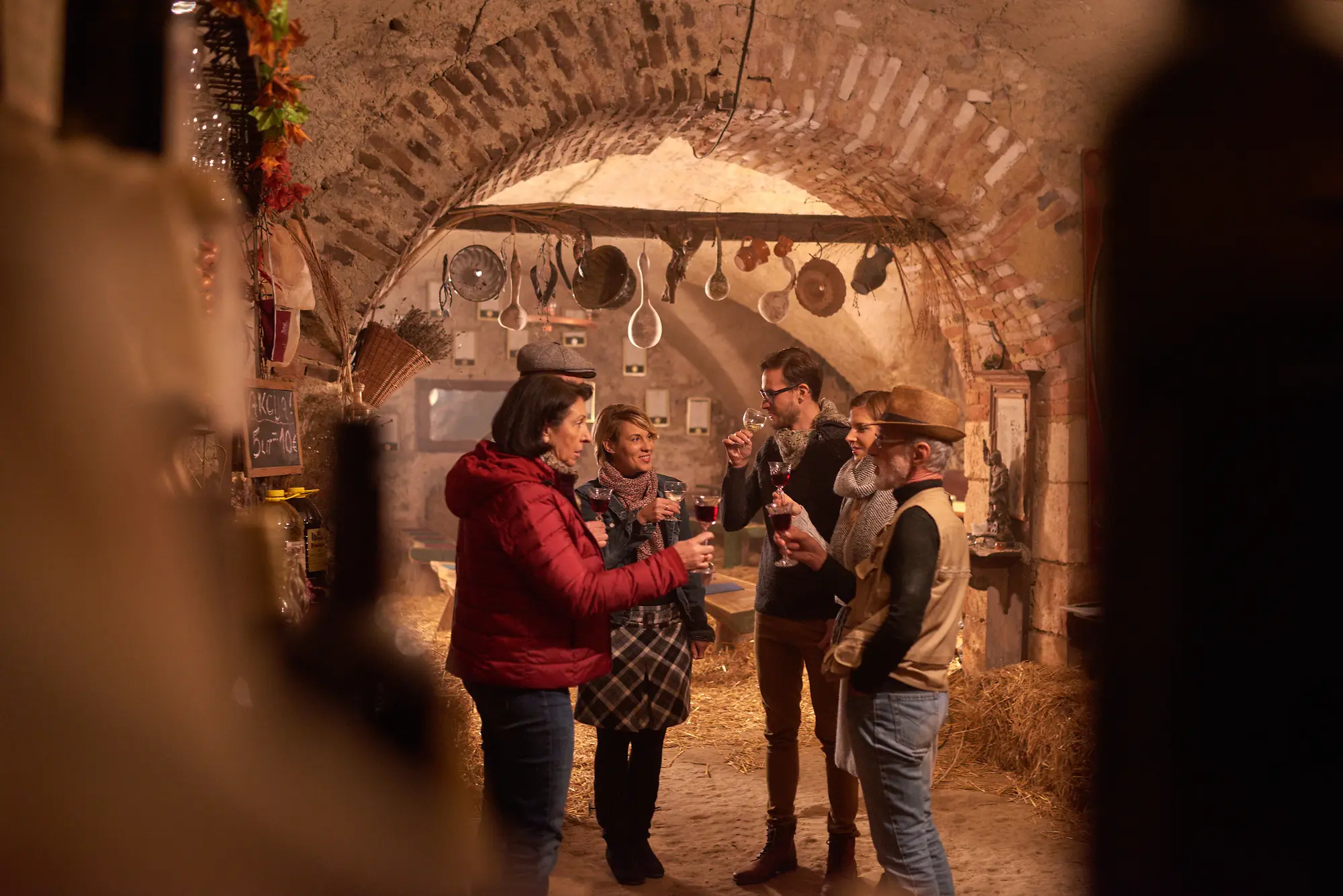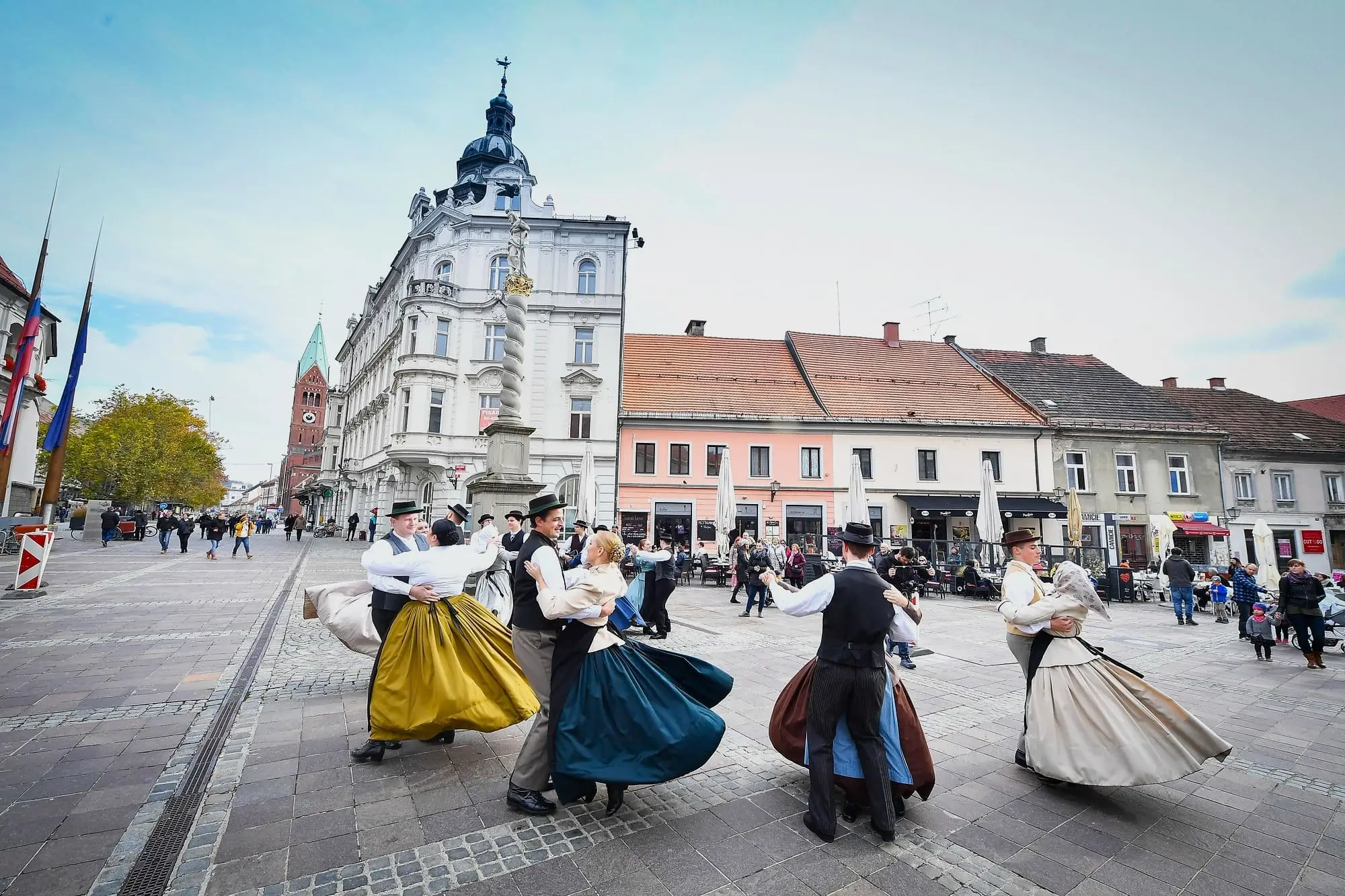St. Martin’s Day: traditions, celebrations and culinary delights in Adria
It’s almost November, and the grape harvests are slowly and steadily ending in vineyards across Adria. This just means that very soon a popular manifestation across Europe will begin. Celebrated in Germany, Austria, Netherlands, Belgium, Britain, Sweden, Czech Republic, Poland, and in the Adria region as well, particularly in Slovenia and Croatia.
St. Martin’s Day is more than just a simple manifestation. It is a celebration, a tradition, and a highly important cultural heritage.

Vineyards Kneževi, Photo: Ivo Biočina, Croatian Tourist Board
Why is St. Martin’s Day celebrated?
A long, long time ago, somewhere in the Middle Ages, a holiday was created in order to mark the end of the harvest season and the start of winter. The existing tradition somehow came across St. Martin of Tours, a bishop who was known for its giving nature. On the date of his death, November 11th, to mark his significance, a festivity called St. Martin’s Day (in Croatia known as Martinje and in Slovenia as Martinovanje) officially began.
On this day, must is turned into new wine, and a “baptism” of wine and the vineyard is performed. Without a blessing, the wine is considered to be impure.
 St. Martin’s, wine tasting, Photo: Iztok Medja, EKVisuals doo archive, www.slovenia.info
St. Martin’s, wine tasting, Photo: Iztok Medja, EKVisuals doo archive, www.slovenia.info
St. Martin’s Day in Slovenia and Croatia
St. Martin’s Day is celebrated slightly differently in each country across Europe. For example, in Germany, and the night prior to St. Martin’s Day, children walk in processions called Laternelaufen, carrying lanterns and singing St Martin’s songs, and a bonfire is held. In the Czech Republic, a traditional feast is held and wine is poured at exactly 11:11 a.m. In Croatia and Slovenia, the day itself also has its touch.
In Croatian vineyards, people come together to bless the wine by having the host dressed into a bishop, or actually inviting a local one that blesses the wine. After that, a celebration follows. Usually, local communities organize a celebration where all the local winemakers present their new wine. The biggest celebrations will be in Sveti Martin na Muri, Velika Gorica, Dugo Selo, Požega, Kutjevo, Sv. Ivan Zelina and numerous other places. In today’s modern time, restaurants and bars also plan Martinje events guaranteeing the best entertainment.
On the other hand, in Slovenia, is pretty similar as well. The new wine and the vineyards are being blessed across the country, and a big celebration is being held in Maribor. Over 20,000 people are expected to arrive.
 Martinovanje, Maribor, Photo: Marko Pigac, archive of the Institute for Tourism Maribor – Pohorje, www.slovenia.info
Martinovanje, Maribor, Photo: Marko Pigac, archive of the Institute for Tourism Maribor – Pohorje, www.slovenia.info
What TRADITIONAL foods and WINES are served on St. Martin’s Day?
The most traditional way to mark such occasions as St. Martin’s Day is by serving poultry. In most cases in Croatian and Slovenian households and restaurants a roast goose/turkey/duck with shredded flatbread (mlinci) and stewed cabbage. Some tend to also serve homemade gnocchi and scones. For dessert, a homemade apple pie is a must.
When it comes to wine choices, Chardonnay or Riesling purchased from local wineries should be a great fit.

Wine cellar, Kutjevo, Photo: Siniša Uštulica, Croatian Tourist Board
We hope this guide will help you get to understand the importance of this celebration! Feel free to tell us about your local customs and send us photos and videos or tag us by using #adriafun on social media so we can share them with everyone. 🙂




Leave a Reply